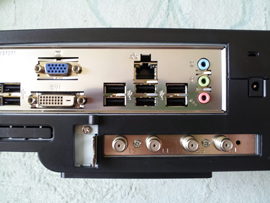
This highlights the necessity of objective colour measurement techniques when conducting forensic comparisons, as instrumental techniques are capable of detecting changes that are not readily visible to the naked eye. For both the Celco and the PaperMate inks, visual inspection of the ink deposits showed no apparent change in appearance that could be readily discerned by eye, despite the visible change in the MSP spectra. 410 nm, and a positive correlation at 450 nm, which are again consistent with changes noted in the spectra of this ink over the ageing period (Fig. PC3 exhibits a negative correlation at ca. Cluster Pens Group 1 Bic Pro Plus, Bic ReAction Group 2 Bic Cristal M Easy Glide, Bic Economy, Bic Orange Fine Group 3 Pilot BP-145, Pilot BPS-GP, Pilot Super Grip Group 4 Artline Ikonic, Artline Smoove, COS Capped Ballpoint, Office Choice Retractable, Staedtler Stick Click Retractable Group 5 Artline Flow 4-Colour Retractable, PaperMate Ink Joy 100, PaperMate Ink Joy 300 For groups 1–3, which all consisted of pens derived from the same brand (supplier), the overlap between these samples is most likely due to suppliers using the same ink formulation across a range of different pens. This example highlights the discriminative power associated with chemometric techniques, which makes them well suited to forensic purposes. In some cases, these spectra appeared visually very similar, and may have been difficult to distinguish based on visual comparison. Several inks formed visually distinct groupings, allowing rapid discrimination based solely upon their visible spectra. Replicate samples from each individual pen were clustered closely together, indicating good reproducibility in the sampling and analysis method. Significant research has also been carried out using ultraviolet (UV) or visible spectroscopy and microspectrophotometry (MSP).

In recent years, infrared and Raman spectroscopy have gained popularity as ideal techniques for providing rapid and non-destructive information regarding the structure of dyes or other organic components, without extensive sample preparation.

Techniques such as thin layer chromatography (TLC), gas chromatography (GC) or high performance liquid chromatography (HPLC) are frequently utilised in order to separate and identify individual ink components.


Guidelines such as those set out by the American Society for Testing and Materials (ASTM), or the Scientific Working Group for Forensic Document Examination (SWGDOC), outline a range of analytical methods suited to the analysis of writing inks. This complexity, while potentially making inks a challenging material to analyse, also makes them good candidates for discrimination based on their different (and often proprietary) formulations.


 0 kommentar(er)
0 kommentar(er)
